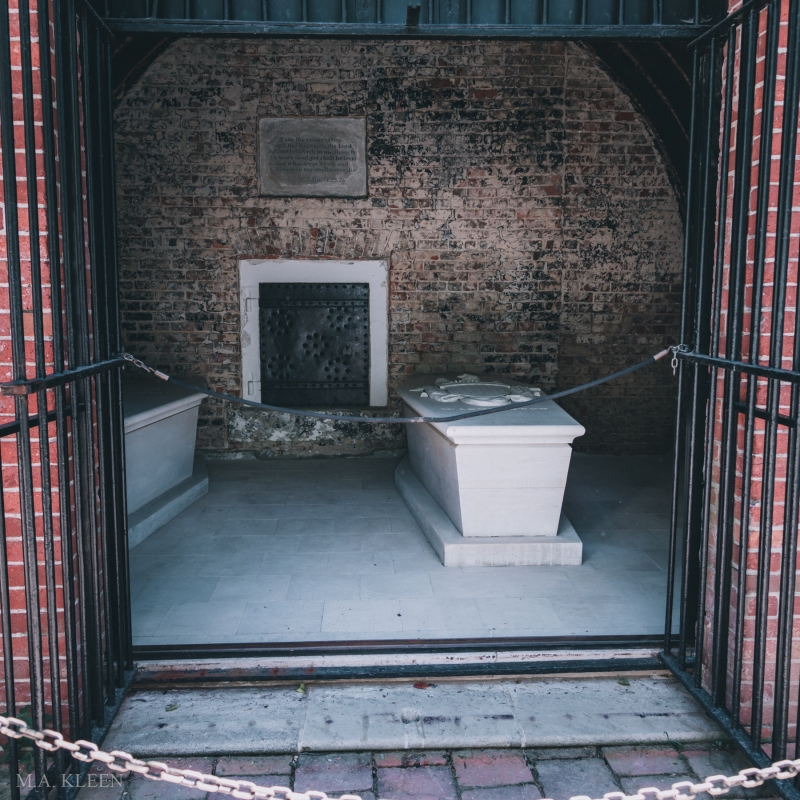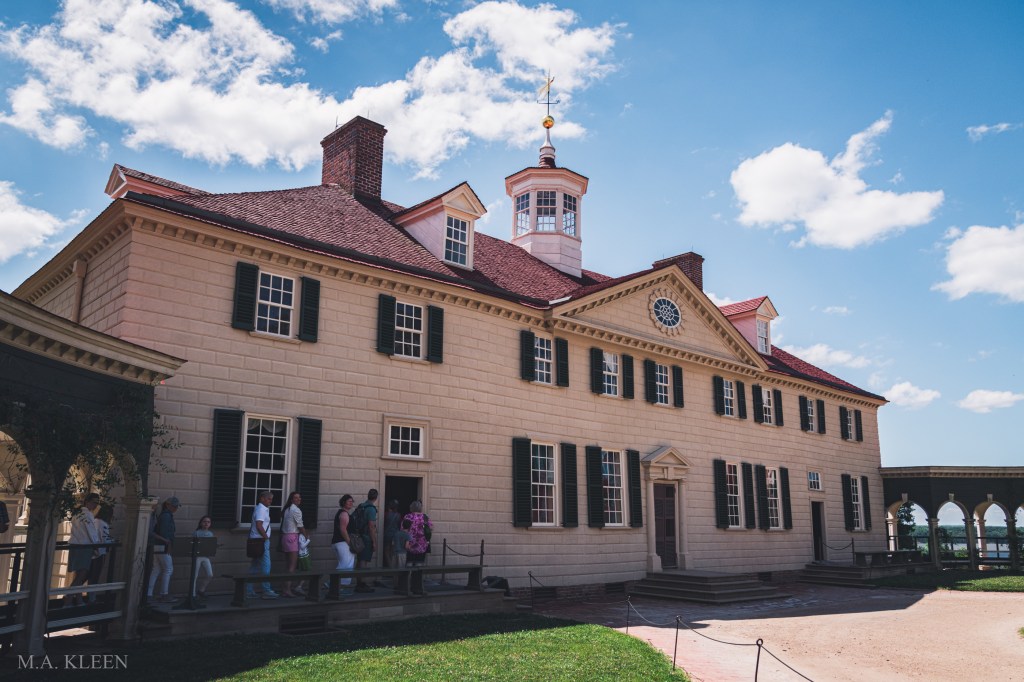Appearances are deceiving at George Washington’s Mount Vernon. Does his spirit still linger in the room where he died?
In 1657, an English merchant named John Washington settled in the Colony of Virginia, married, and established several plantations. One of which, Little Hunting Creek Plantation, was located along the Potomac River.
His grandson, Augustine Washington, Sr., married Mary Ball in 1731 and built a Palladian-style country home on Little Hunting Creek overlooking the river.
Their son, George Washington, would go on to serve as commander-in-chief of Colonial forces during the American Revolutionary War and later first president of the United States.
Washington’s half-brother inherited Little Hunting Creek Plantation after the death of their father and renamed it Mount Vernon.
After George Washington assumed ownership, he began a series of construction projects to expand the estate.
Soon, Mount Vernon grew to encompass a small village, gardens, and distillery, all to accommodate Washington’s family, guests, and over 300 slaves.
From afar, the stately home appeared to be constructed of sandstone blocks, but this was an illusion.
It was actually made of wood carved to look like stone, painted, and tossed with sand–an inexpensive but ingenious alternative.
Washington served two terms as President of the United States, from 1789 to 1797, but did not enjoy his retirement long.
He died at home in an upstairs bedroom on December 14, 1799.
Politicians in Washington, DC and Virginia wrangled for custody of his remains, and he was eventually interred in his familial crypt at Mount Vernon.
George did not rest easy.
After only a few short years, visitors like Massachusetts representative and president of Harvard Josiah Quincy III reported startling encounters with his ghost.
In 1806, Quincy spent the night in the room where George Washington died, and George’s nephew, Bushrod Washington, mentioned that his uncle’s ghost had “granted an interview” with some of the room’s previous occupants.
This historic chamber is haunted; of that there would seem to be little doubt.
According to the Massachusetts gentleman, George Washington’s revenant did indeed make an appearance.

Meanwhile, Washington’s mausoleum was already in disrepair, and souvenir seekers accelerated its decay.
In 1826, a writer described it as “covered with weeds and grass… The door at the entrance of the cemetery, is literally cut to pieces–with names, left there by numerous visitors, who resort to the last house of the departed hero, to shed a silent tear at the ingratitude of a country, that leaves the sacred relics of her best benefactor to moulder in neglected silence.”
Visitors tore patches from his coffin’s velvet cover, and cut branches from nearby trees to fashion into walking canes.
One even ended up in the hands of Russian Tsar Alexander I.
In 1830, a vindictive gardener attempted to steal Washington’s skull, but accidentally absconded with that of a distant relative.
This prompted a new, more secure crypt to be built, which still stands nearly two centuries later.
On the eve of the American Civil War, however, Mount Vernon was falling into ruin.
Ann Pamela Cunningham organized the Mount Vernon Ladies’ Association to purchase George Washington’s former home and reverse its decline.
The Ladies’ Association took possession of Mount Vernon in 1860, but when Union troops occupied nearby Alexandria, Virginia in May 1861, they attempted to confiscate the money paid to John Augustine Washington III.
Mount Vernon’s caretaker, Miss Sarah Tracy of New York, smuggled the money in a basket of eggs to a bank in Washington, DC.
Since then, George Washington’s plantation has remained in the capable hands of the Mount Vernon Ladies’ Association.
Numerous visitors over the intervening decades have testified to seeing George Washington’s ghost.
Referring to the room in which he died, an 1890 newspaper article declared “This historic chamber is haunted; of that there would seem to be little doubt.”
But other specters are believed to roam its halls.
Visitors and museum docents report encountering the ghosts of an older woman and a young girl on the main staircase and Central Passage.
As recently as 2006, a Mount Vernon supervisor described being pushed several times by unseen hands in the Yellow Bedchamber.
One volunteer even swore she caught a glimpse of the stern-faced gray specter of Ann Pamela Cunningham herself! Each year, thousands of tourists visit Mount Vernon to learn about our first president, but if you are among a lucky few, the white-haired general may pay you a personal visit.
Donate
Enjoy what you read? Please consider making a one-time donation to support my research.
Enjoy what you read? Please consider making a monthly donation to support my research.
Enjoy what you read? Please consider making a yearly donation to support my research.
Choose an amount
Or enter a custom amount
Your contribution is appreciated.
Your contribution is appreciated.
Your contribution is appreciated.
DonateDonate monthlyDonate yearlySources
Carmichael, Sherman. Mysterious Virginia. Charleston, SC: The History Press, 2022.
Lossing, Benson John. George Washington’s Mount Vernon. Fairfax, VA: Fairfax Press, 1970.
Mount Vernon Ladies’ Association. Mount Vernon, Virginia, an Illustrated Handbook. Mount Vernon, VA: Mount Vernon Ladies’ Association, 1947.
Taylor, L.B., Jr. Ghosts of Virginia, III. Lynchburg, VA: Progress Printing Co., 1996.


What are your thoughts?